ACTIVITIES
Biodiversity Conservation
Plant Germplasm Collection

The objective of the project is to establish a seed bank of indigenous plant species. Further, to multiply indigenous plants through ex-situ multiplication techniques and distribute or exchange seedlings/ plantlets for ecological restoration, afforestation projects, individual stakeholders, pharmaceutical industries, etc. The NGCPR team has collected seeds of various plant species from the Western Ghats of India.
EX-SITU CONSERVATION
NGCPR has pioneered plant conservation studies in Maharashtra State and has conducted conservation studies on two globally endangered plant species. Research studies on Frerea indica Dalzell (Apocynaceae s.l.) and Abutilon randei Wood. & Stapf. (Malvaceae) could demonstrate low cost and easy techniques for multiplication and has thrown light on the causes and rarity of species in the wilderness.
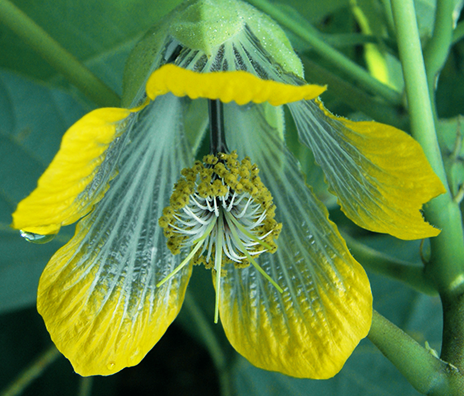
.png)
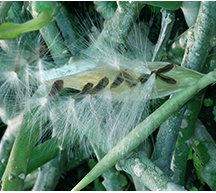
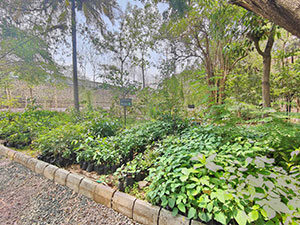
Plant Nursery
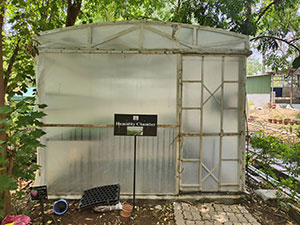
Humidity Chamber
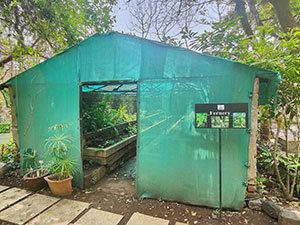
Fernery
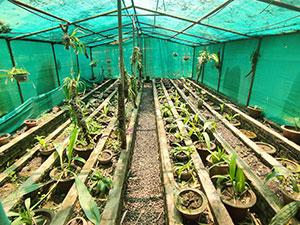
Orchidarium
In-Situ Conservation

NGCPR completed a challenging task of eco-restoration and forest regeneration study to develop a scientific model in a land of 125 hectares belonging to the Forest Department at Palshi and Mirje villages of Satara district. The primary goal was to create a microclimate to raise groundwater levels in the region. NGCPR's teams documented biodiversity and identified wildlife habitats for conservation. Simultaneously, NGCPR's efforts in this direction led to the preparation of a forest manual that can be useful for non-government Organizations to replicate Afforestation activities. The uniqueness of this program was that local, endemic species of plants were planted instead of invasive foreign plant species. It was a collaborative project with the Forest Department, Maharashtra, and Maharashtra Vrikshasanvardhini, NGO, Pune. Initiated in the year 2012, the Centre has planted around 1,29,924 trees to date.
Ajnuj Conservatory

Activity Center
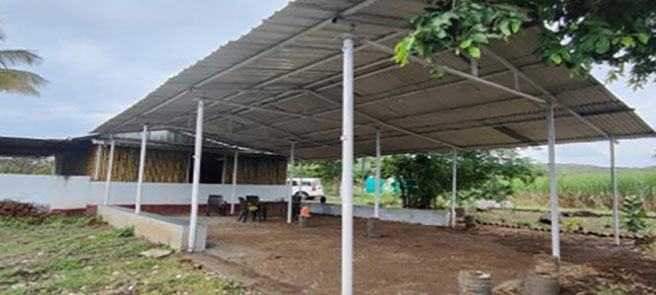
Activity Center
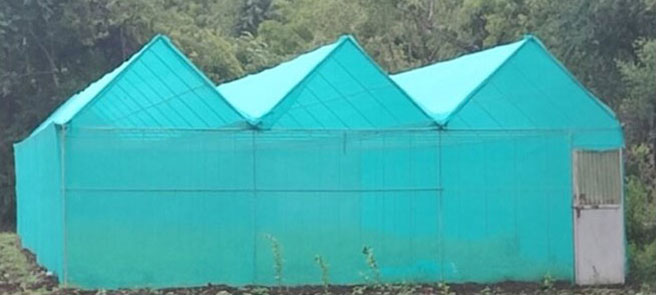
Nursery
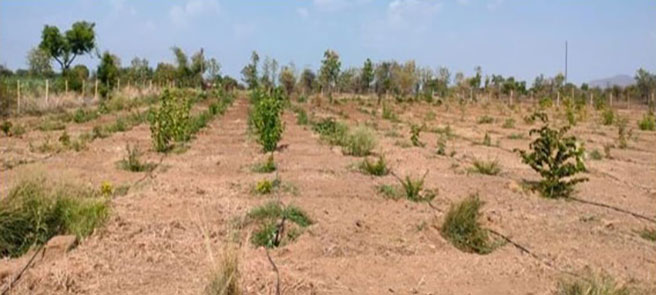
Arboetum
CONSERVATION OF SACRED GROVES
To conserve and revitalize groves of Parinche valley, Pune District floristic survey, documentation of ecological, cultural and historical aspects have been studied by the Centre. A total of 14 sacred groves were identified from the Parinche valley, plants which have been commonly used in cultural activities, and which have economic potential have also been shortlisted along with endemic and threatened species.

